Why Your Fish Won’t Eat
When you do all this research to find a really good high-quality fish food that everybody on the internet swears by, and then your fish won’t eat it. It is so frustrating. Here are the possible reasons why they don't eat it.
1. Size of the Food. Turns out, living animals actually have preferences in what they eat. So maybe it’s the size that matters—if they have a really tiny mouth, they prefer smaller foods.
Or the longevity of the food once it hits the water. Fast eaters don’t need it as much versus slower eaters, who need a food that stays stable underwater for a longer period of time.
Dry prepared foods:
The largest category of fish foods is dry prepared foods. These are the ones you see on shelves in pet stores in little jars or packages. Probably the most famous are fish food flakes.
Flakes float at the top of the surface and can be crumbled to feed tiny fry. However, they don’t last long in water—they melt and get mushy.
I personally like pellets better because they are firm, compact, and won’t melt as quickly. Pellets come in floating, semi-sinking, and sinking forms.
The downside is they are harder, making it more difficult to crumble. You want the exact size for your fish’s mouth. Wafers and sticks are larger prepared foods. They stay stable underwater longer, making them ideal for bigger animals, grazers, and juveniles who like to nibble all day.
They come in floating versions, like for Oscars, and sinking sticks for plecos.
Powdered foods are the tiniest foods. They’re good for tiny mouths, like baby fish, shrimp, and filter feeders. These float at the top and swirl in the water, reaching baby fish who are hiding.
For baby fish with smaller stomachs, feed multiple small meals per day so there’s always a bit of powder in the tank.
Freeze-dried foods are the last type of dry prepared foods. Unlike mixed foods, they are a single protein source (like brine shrimp or bloodworms). The moisture is removed, making them shelf-stable.
They float at the surface or can be stuck to the side of the glass. Fish come up to eat them. They come in various sizes and can be crumbled.
Gel fish foods:
Gel foods can be mixed the powder with hot water, let it set into a jelly-like consistency, and cut it into any size.
They sink quickly and stay water-stable for up to 24 hours. Perfect for slow grazers, nocturnal fish, plecos, and algae grazers. Highly recommended.
Frozen fish foods:
Frozen foods are single-protein sources like bloodworms, brine shrimp, or daphnia. Freezing retains nutrients close to what fish eat in nature.
I use these for pet sitters because they’re portioned in cubes. Food stays water-stable, and fish love it. Sizes range from baby brine shrimp to human-grade fish fillets.
Preparation is simple: pop cubes directly into the tank. Some people thaw them first and add vitamins. Human-grade food may require cutting and cleaning.
Live fish foods:
Many fish keepers agree that live foods are the best. They mimic wild diets and provide hunting enrichment. Movement entices underweight or sick fish to eat. Live foods help condition fish to breed.
Sizes and care vary. Examples: feeder insects from reptile stores, microworms, white worms, vinegar eels.
Specialty foods:
Some fish need specific diets:
Vegetables: canned green beans, carrots, zucchini, dried seaweed, catappa leaves.
Calcium-enriched foods: Hikari Fancy Guppy, Zumes Nano Banquet Blocks for snails, specialty shrimp foods like Extreme Shrimpy Sticks or Hikari Crab Cuisine.
Wood-eating catfish: Clown Pleco needs Driftwood, Extreme Sinking Wafers, and Ripashi Morningwood Gel Food.
2. Expiration date
Even if the expiration date is years away, moisture and oxygen degrade dry foods after opening. Dr. Emmanuel recommends discarding food six months after opening.
To ensure freshness: buy smaller packages, store foods in the fridge or freezer, and keep your fingers dry when handling food.
3. Picky eaters
Some fish get addicted to one type of food. Feed a wide variety to provide all nutrients.
Introduce new foods gradually: mix pellets or freeze-dried bloodworms with their usual frozen bloodworms, increasing the new food percentage daily until they eat only dry food.
If necessary, fast fish 2–7 days to encourage trying new foods. Use vitamin supplements for species that only eat frozen or live foods.



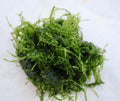







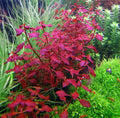
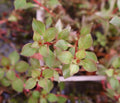
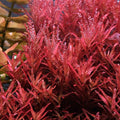
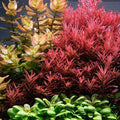
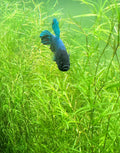

Great tips! Sometimes water quality affects fish appetite more than we think. Using a dechlorinator ensures a safe environment, helping fish stay healthy and active. Check out this reliable option: https://purelyponds.com/product/liquid-dechlorinator-16-oz/